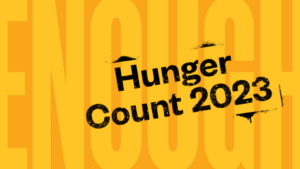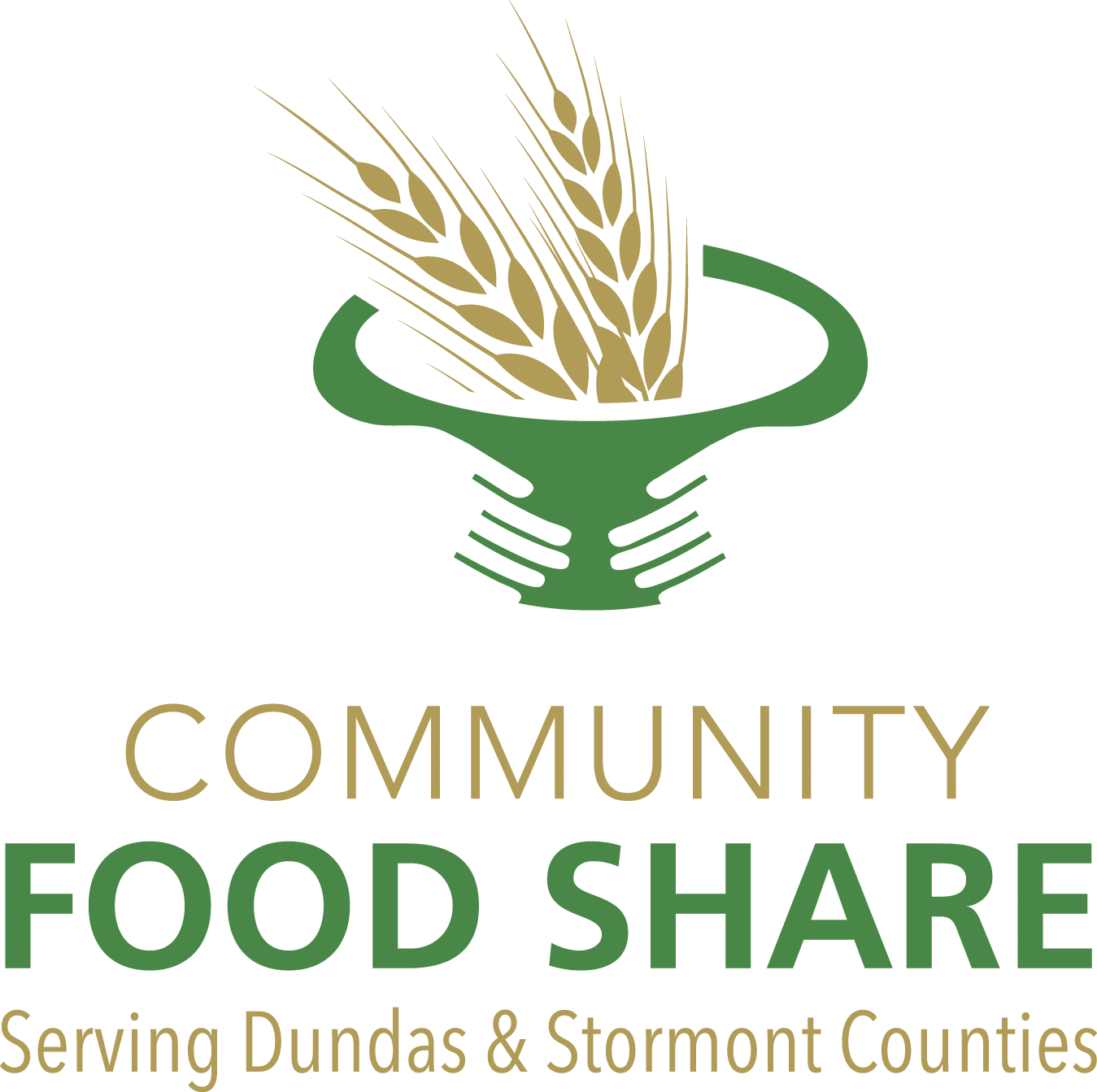
According to the newly released Food Banks Canada HungerCount 2023 report, “Relentless inflation
and a broken social safety net has caused many people who never thought they would need a food bank
to walk through the doors for the first time. With food banks across Canada in crisis mode, as demand
reaches new all-time highs, we must ask: when is it enough before we act?” urges Kirstin Beardsley,
Chief Executive Officer, Food Banks Canada.
The milestone report – the only research study encompassing the country’s 4,750+ food banks and
community organizations – shows the devastating impact of rapid inflation and inadequate social
supports on poverty, food insecurity and hunger in Canada.
HungerCount 2023 Findings
Number of visits in March 2023 – 1,935,911
Percentage increase from 2022 – 32.1%
Percentage increase from 2019 – 78.5%
People in every community across the country are at the breaking point.
- Food bank use rose to the highest levels in Canadian history in 2023.
- Food bank use among people who are employed continued to increase to record levels. In 2023,
17 per cent of food bank clients reported employment as their main source of income,
compared to 12 per cent in 2019. - The top reasons people accessed a food bank this year were food costs, housing costs, low
wages or not enough hours of work. - One third of food bank clients are children (representing over 600,000 food bank visits in March
2023). - To create a Canada where no one is left behind, and no one goes hungry, all levels of
government must adopt a dual approach to address the root causes of food bank use by
addressing low incomes and poverty and the skyrocketing costs of living.
Read the full Hunger Count 2023 report.

